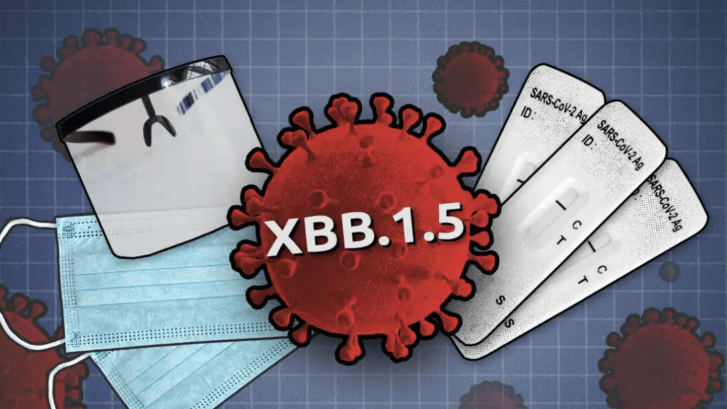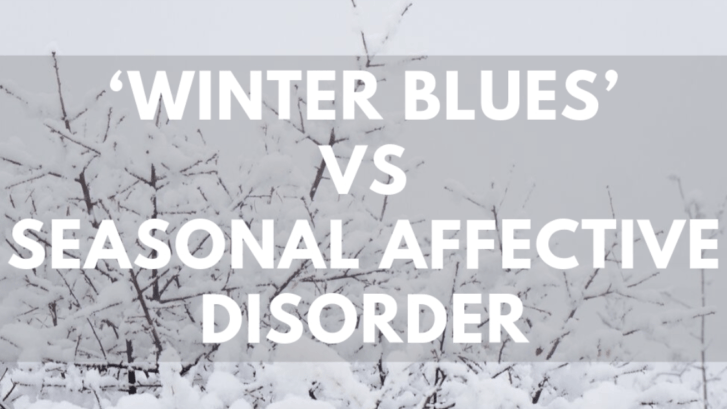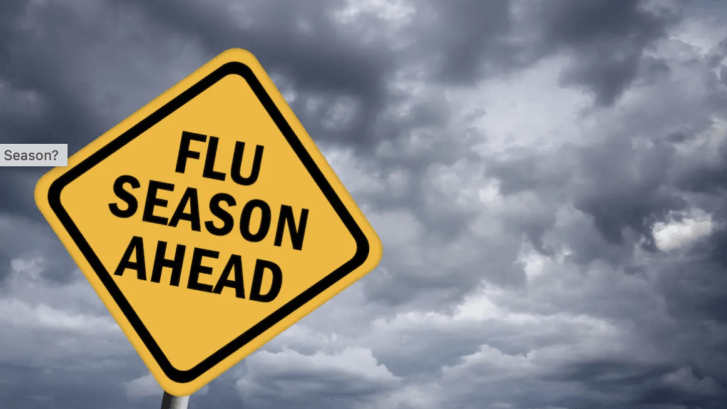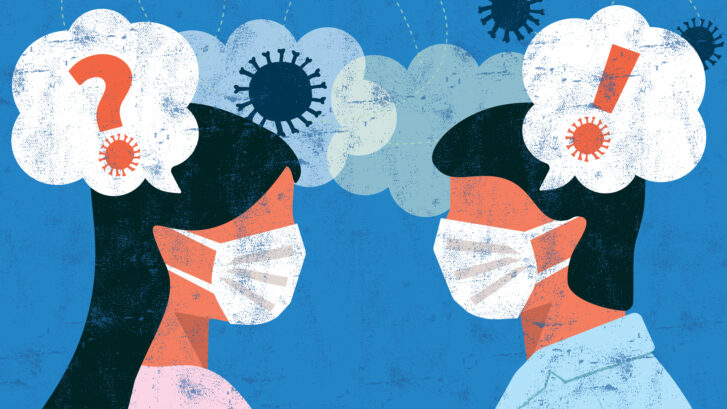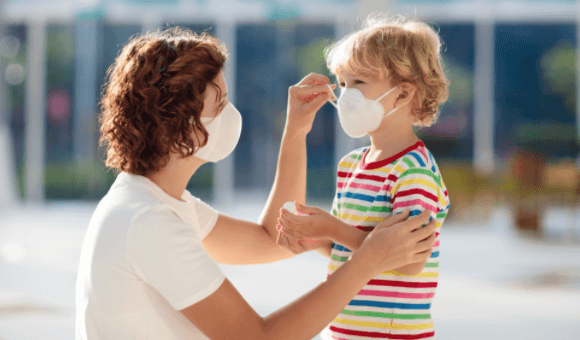Vitamin C: A Promising New Treatment for Skin Cancer According to New Study
As families gear up for summer and more outdoor activities, it’s crucial to stay safe in the sun and watch for signs of skin cancer. Dr. Rogerio Neves from Moffitt Cancer Center warns that melanoma, a serious type of skin cancer, is on the rise, especially in Florida. This type of cancer is often caused by UV exposure from sunlight or tanning beds.
“Melanoma cases are still increasing across the country, particularly in Florida,” Dr. Neves said. Moffitt Cancer Center treats melanoma year-round, emphasizing the need for sunscreen even in the shade, as UV rays can reflect off surfaces like concrete and sand.
Dr. Rogerio Neves from Moffitt Cancer Center
According to Moffitt, the number of new melanoma cases has steadily increased over the past 30 years, making it the fifth most common cancer among U.S. men and women. Dr. Neves advises keeping an eye on new moles or skin spots that change in size, shape, or color, noting an uptick in melanoma cases among younger people.
“Surgery is the main treatment,” Dr. Neves explained. “We have to remove the tumor to identify the melanoma accurately.” However, the search for additional effective treatments continues.
In an exciting development, University of South Florida (USF) researchers are exploring vitamin C’s potential in treating melanoma. Dr. Marcus Cooke, chair of USF’s Department of Molecular Biosciences, shared their groundbreaking findings. “We discovered that vitamin C can specifically target melanoma cells,” Dr. Cooke said.
The research shows that vitamin C increases DNA damage in melanoma cells, ultimately killing them. Additionally, vitamin C was found to enhance the effectiveness of an existing melanoma drug, Elesclomol.
In the future, vitamin C would likely be used topically, such as in a cream, rather than through dietary intake. “Vitamin C has always had a preventative role, but now it looks like it could be a treatment,” Dr. Cooke added. While more studies and clinical trials are needed, vitamin C’s potential as an effective melanoma treatment is promising.
As Floridians enjoy the summer, staying informed about skin cancer prevention and emerging treatments is essential. The ongoing research at USF offers hope for new, innovative ways to fight melanoma, highlighting the importance of prevention and treatment advancements.
Sun Safety Tips for Floridians:
- Use Sunscreen: Apply a broad-spectrum sunscreen with at least SPF 30, even in the shade.
- Wear Protective Clothing: Hats, sunglasses, and long-sleeved shirts can offer extra protection.
- Avoid Peak Sun Hours: The sun’s rays are strongest between 10 a.m. and 4 p.m.
- Regular Skin Checks: Keep an eye on your skin for new moles or changes and consult a healthcare professional if you notice anything unusual.
For more information on skin cancer prevention and treatment options, contact our primary care doctors in Jupiter. Stay safe and enjoy the summer responsibly.




